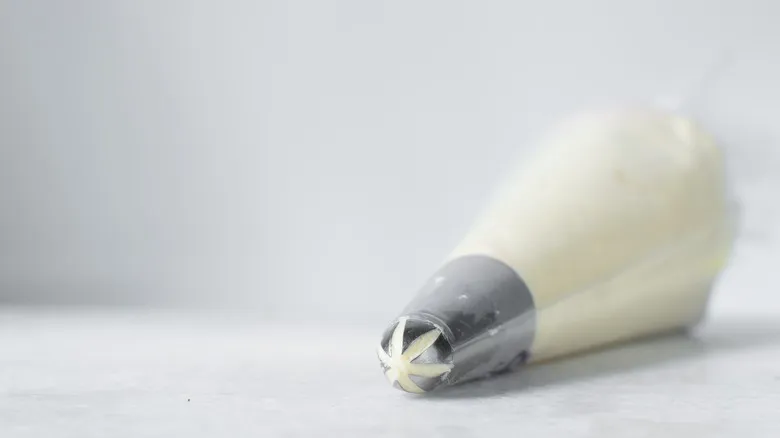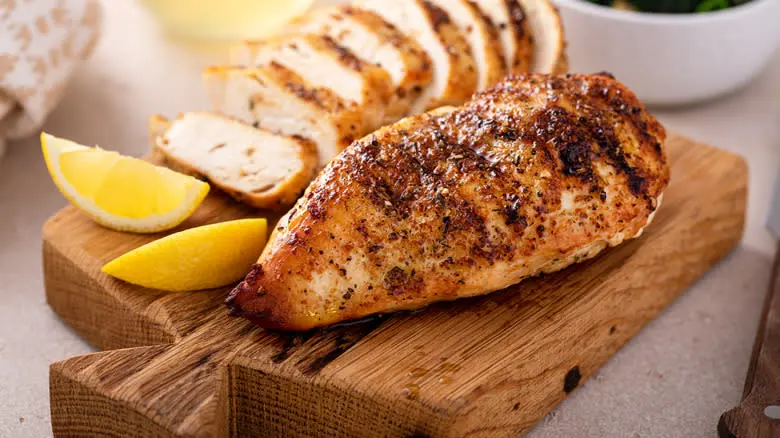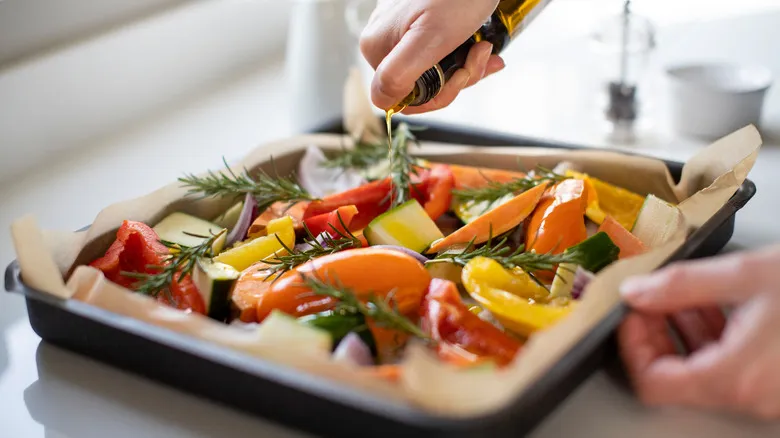Troubleshooting the mixing
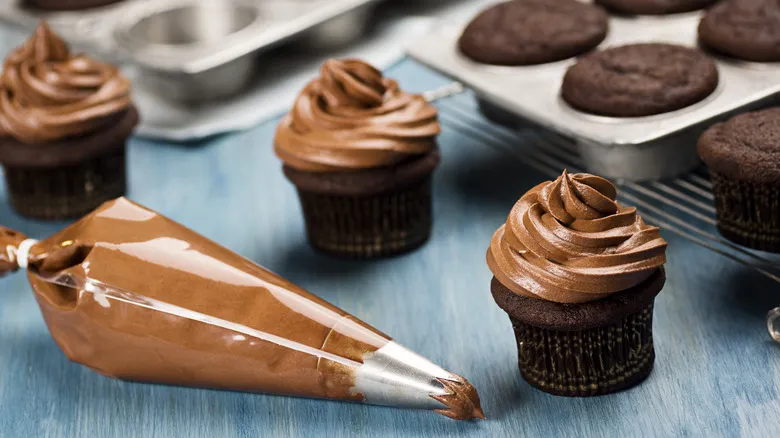
If you notice that your frosting isn't thickening, consider adding powdered sugar—one tablespoon at a time—while continuing to beat until you achieve the desired consistency. Just be sure to sift the sugar beforehand to avoid any lumps in the final result. At this stage, you might also want to add a pinch of salt to help balance the sweetness often found in many store-bought frostings.
This is also a great opportunity to think about incorporating additional flavors. Whether you choose flavor extracts, freeze-dried fruit powder, or even a splash of coffee or liqueur, the possibilities are limitless. Just remember to add these ingredients gradually, tasting as you go. You might also want to add a bit of color, but do so sparingly (a toothpick works perfectly for this). Make sure to mix the frosting well after adding any extras.
Now, all that's left is to pipe this revamped frosting onto cakes, brownies, and cupcakes—or even use it between cookies and macarons as a substitute for ganache. Store any leftovers in the fridge for up to four weeks, and give it a quick stir with a spoon or mixer before using it again. Easy as pie!
Recommended
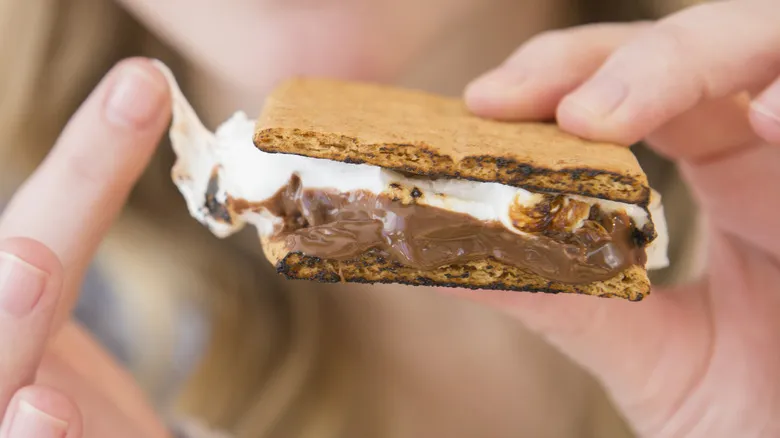
For Quicker Oven-Baked S'mores, Go For The Marshmallow Cream
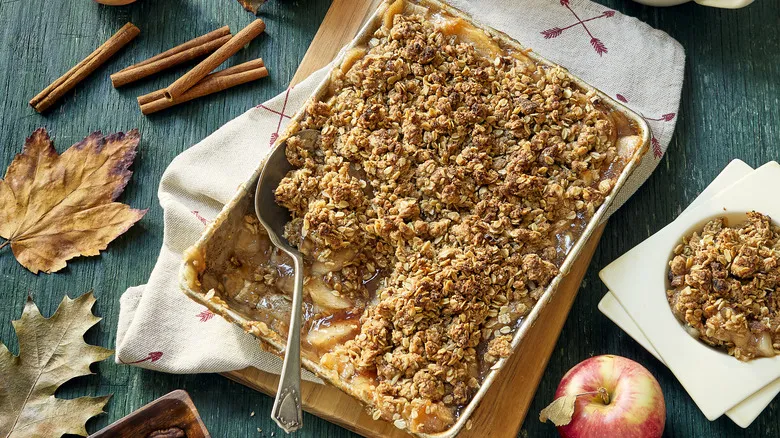
How To Substitute Flour In A Gluten-Free Apple Crisp

Ina Garten's Secret For Effortlessly Moist Red Velvet Cupcakes

How To Change The Color Of Your Blueberry Baked Goods
Next up

